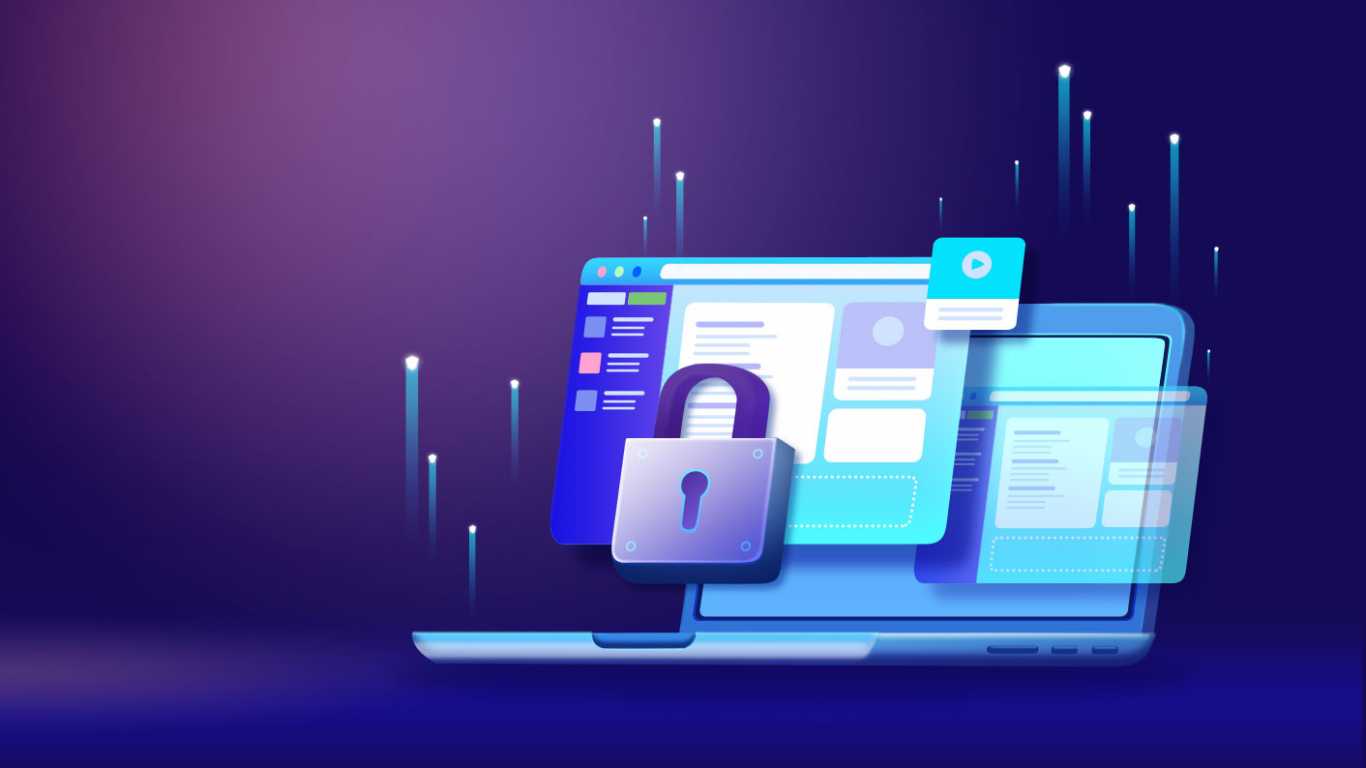The concept of a transaction is closely related to the concept of database integrity. In this article, we will analyze the best platforms for transaction management.
Transactions for protecting the logical integrity of the Data Room
Efficiency and transparency when processing a transaction, these factors are the focus of everyone involved during the entire process. Logically, Virtual Data rooms are the preferred environment for exchanging documents.
Transactions are one of the tools that distinguish a Data Room from a file system. If you are working with a file and the operating system crashes, the file is likely to be corrupted. There are journaling filesystems that can restore your file to a point in time. Although, if you need to ensure that two files are in sync, then the system cannot help you with this – if you update one file and the system crashes before you complete the update of the second, then you will receive unsynchronized files.
This is the main purpose of Data Room transactions – they move the database from one consistent state to another. When you commit work to the database, you can be sure that all the various rules and checks that protect the integrity of the database are implemented.
Virtual Data Room transactions meet all the required ACID characteristics. The ACID abbreviation means:
- Atomicity. This property means that the results of all operations completed within a transaction should be reflected in the state of the database, or the state of the database should not reflect the action of any operation;
- Consistency. The only criterion for data consistency is that it meets the integrity constraints;
- Isolation.It is required that two simultaneously performed transactions in no way affect one another;
- Durability. After successful completion of a transaction, all changes that were made to the state of the database by the operations of this transaction must be guaranteed to persist.
How does it work?
When it comes to the archiving and retention of data as part of the legal warranty phase of a transaction, highly sensitive information is stored on physical data carriers. It’s neither safe nor comfortable.The solution here is blockchain technology with its forgery-proof databases. The blockchain makes it possible to verify the documents contained in the Data Rooms over the long term as a blockchain-secured archive is created. After a transaction has been completed, the software used for this is not deleted. Instead, metadata can be stored on the blockchain. With their help, the authenticity of the Data Room can be proven for any length of time.
There are the following Data Room transaction manager options:
-
- Acquisition and preselection of suitable investments;
- Structuring and implementation of the transaction process including the bidding process;
- Coordination of data room due diligence;
- Addressing investors, conducting negotiations;
- Property evaluations;
- Realization of problem real estate.
Transaction Management for property valuations
The Virtual Data Room allows the simple and secure exchange of relevant data on real estate projects such as construction plans, contracts, and billing with all parties involved (sellers, buyers, consultants, fund managers, lawyers, banks, and investors).
The acquisition of objects that fit the developed strategy is one of the core competencies of the transaction manager. Various methods are used in this context, for example, location and market analysis or property valuation. But the organization and implementation of the technical and commercial Due Diligence also fall within the area of responsibility of the transaction manager. He also participates in the sales contract negotiation or carries it out on behalf of the client.

